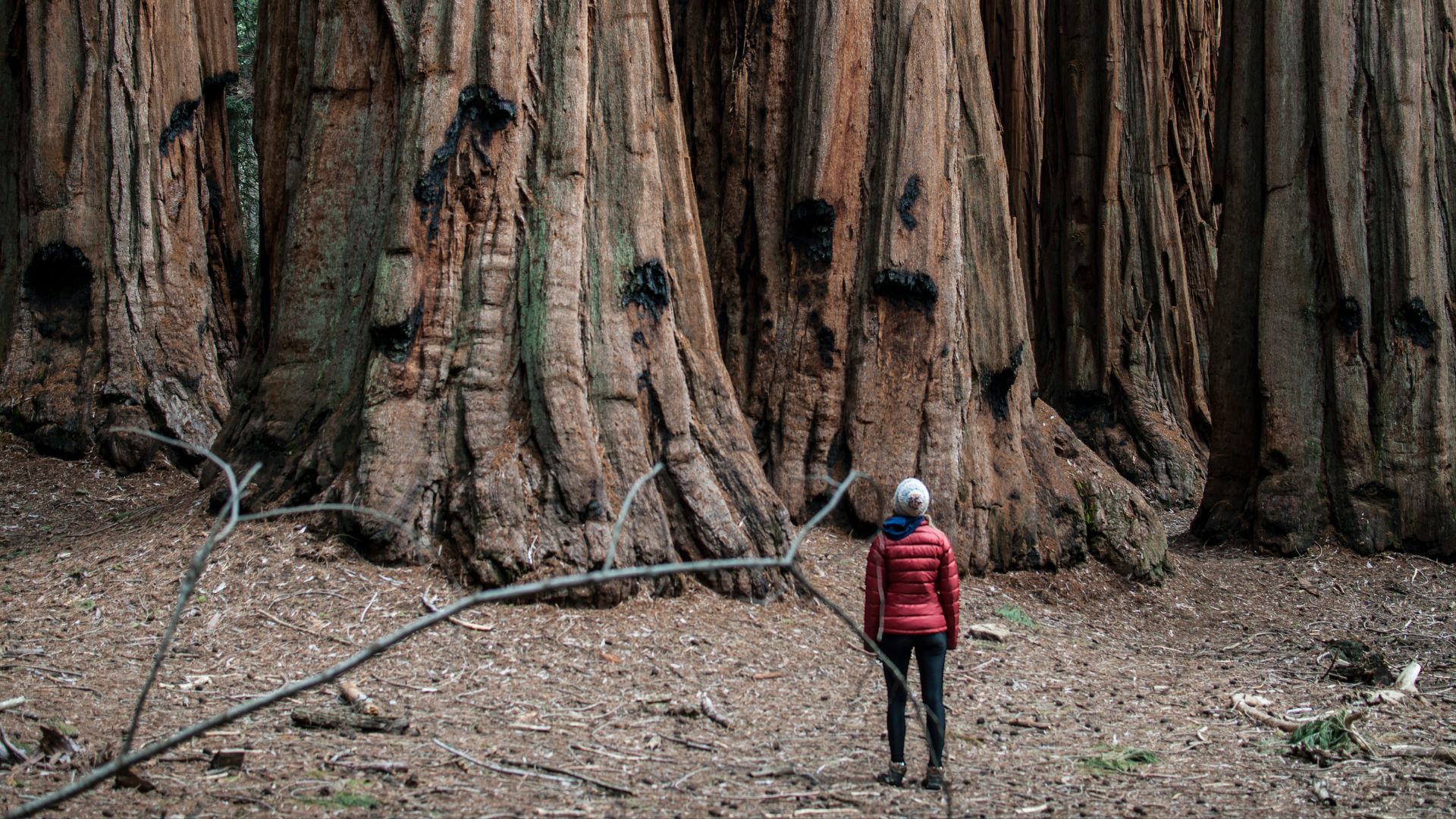
Death is often a subject we avoid, cloaked in silence and considered taboo. At Bios, we want to change that by opening the conversation about death, life, and renewal. Reflecting on life also involves honoring its end, and around the world, cultures practice unique ways to honor the dead. Some traditions are celebratory, others solemn, but all share the belief that at certain times, the boundary between the living and the dead grows thin. Let’s explore how people across the globe honor those who have passed.
Samhain
One of the earliest traditions believed to influence Halloween, Samhain, is celebrated across Celtic regions—now Ireland, Scotland, the U.K., and parts of Northern Europe. Marking the end of the harvest season, the ancient Gaelic festival begins on October 31. According to Irish mythology, on this night the veil between worlds thins, allowing spirits to cross over. The locals light bonfires, dance, and wear costumes to disguise themselves from malevolent spirits.
All Saints’ Day and All Souls’ Day
Observed on November 1 and 2, All Saints’ Day and All Souls’ Day hold special meaning in Roman Catholic and Christian traditions. All Saints’ Day honors saints without specific feast days, while All Souls’ Day commemorates all departed souls. Families would honor the dead by visiting graves, cleaning tombstones, lighting candles, and offering prayers. In the Eastern Orthodox Church, All Saints’ Day falls on the first Sunday after Pentecost.
Día de los Muertos
Widely celebrated in Mexico, Día de los Muertos, or Day of the Dead, is a joyful reunion with the spirits of loved ones. Families believe that spirits return annually to be reunited with their families. Altars, or ofrendas, are adorned with marigolds, candles, photos, and the deceased’s favorite foods. Graves are cleaned, tombstones decorated, and families share meals in a reminder that death is a part of life, not its end.

Zhong Yuan Jie
In Asia, the 15th day of the seventh lunar month marks Zhong Yuan Jie, also known as the Ghost Festival or Hungry Ghost Festival. During this festival, it’s believed that spirits roam freely among the living. Food offerings, joss sticks, candles, and paper effigies are used to appease and honor these spirits. Taoist traditions emphasize appeasing wandering souls, while Buddhist rituals focus on filial piety. Widely celebrated in China, Taiwan, Hong Kong, Singapore, and other parts of Asia, a similar festival is observed in Japan, known as the Bon Festival.
Obon
One of Japan’s most meaningful festivals, Obon, celebrates the spirits of ancestors returning to visit. Over three days in August, families gather, and light bon lanterns to guide spirits home. Celebrations include traditional dances (bon odori), visits to ancestral graves, and offerings of food. The festival is a deeply ingrained part of Japanese culture, bringing families together, reconnecting with heritage, and remembering loved ones.

Chuseok
In Korea, Chuseok emphasizes ancestral respect. Celebrated in the fall Chuseok involves giving thanks for the harvest and holding charye, a memorial service with foods and wine offerings made with fresh fruits and newly harvested crops.
Pchum Ben
in Cambodia, Pchum Ben is a time when the souls of the dead are believed to walk among the living. Monks chant overnight as a prelude to the gates of hell opening. Families make food offerings, and people wear white as a mark of respect for mourning. This period of reflection and ritual underscores the deep spiritual beliefs of Cambodian society.
Gai Jatra
Gai Jatra, a festival in Nepal is a Hindu tradition, also known as the “festival of cows,” as cows are considered to be holy and help guide the recently deceased. Families who have lost loved ones in the past year walk with cows, or children dressed as them, in a town procession. This lighthearted festival helps families accept death as a natural part of life and allows them to celebrate the memories of those they have lost.
Bhoot Chaturdashi
Bhoot Chaturdashi is observed in parts of India on the night before Diwali to honor 14 generations of ancestors. Families would light 14 earthen lamps around their homes to invite ancestral spirits and protect against malevolent forces. This night marks a special moment to honor the dead, connecting past generations with the present through ritual and remembrance.

Across cultures, traditions to honor the dead are as varied as they are meaningful with shared respect for life’s cycle. From joyful gatherings to solemn rituals, these observances connect us to those who have passed, celebrating their lives and memories.
At Bios, our biodegradable urns transform death into a journey of regeneration, where each urn represents renewal and rebirth in nature, keeping loved ones’ memories alive. The Bios Urn® and Bios Urn Pets® bring a new perspective to honoring the dead—allowing them to live on through nature.
Do you have traditions you observed in your country to honor the dead? We’d love to hear about them in the comments below!
To keep up to date with all the latest Bios Urn® news and stories, you can follow us on Facebook, Instagram, Twitter, Pinterest and YouTube!
Join our mailing list to keep you updated of all Bios® news and get a 10% Discount!








Leave a Reply